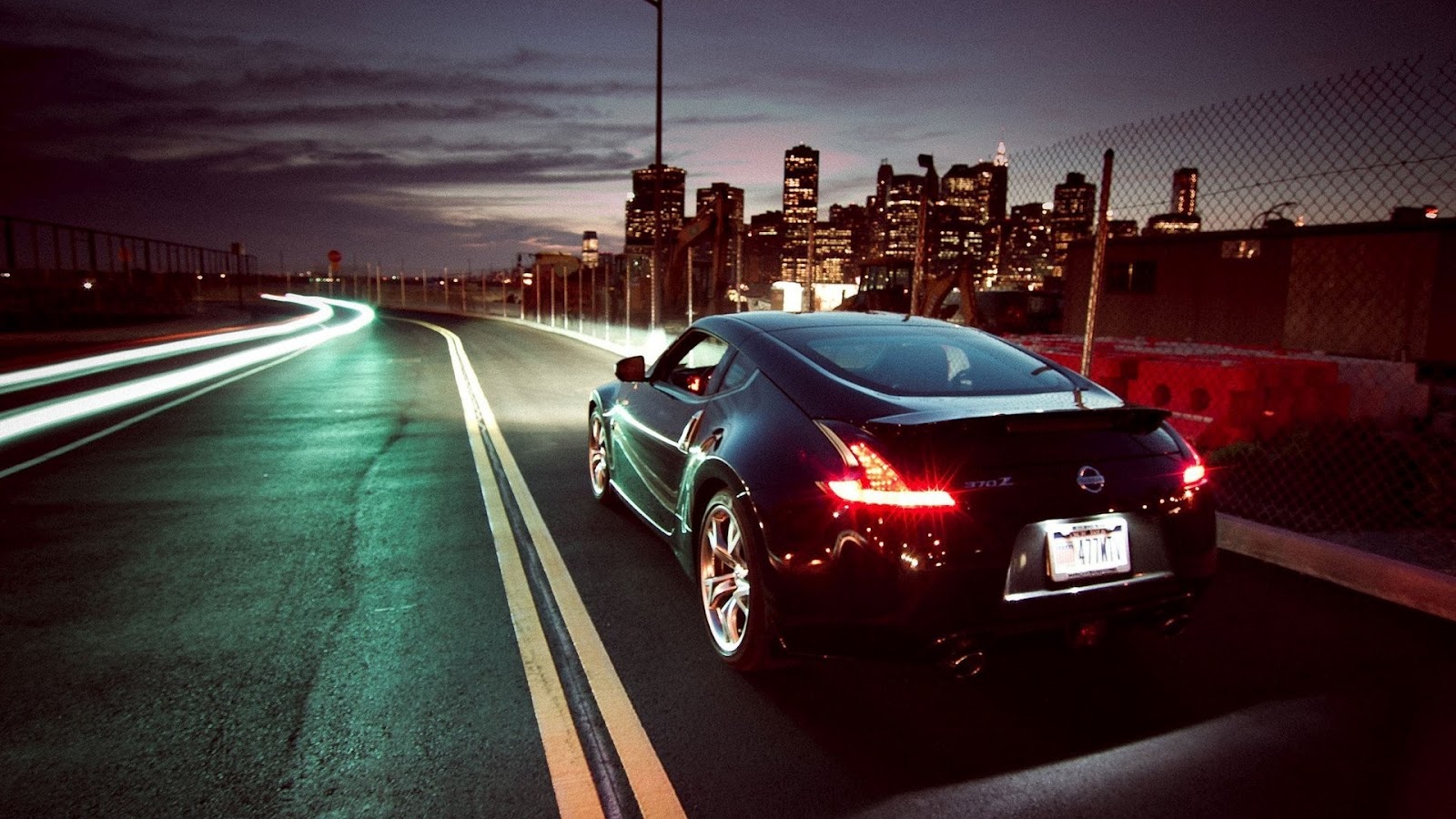What Type Of Headlights Are The Brightest

Determining the "brightest" type of headlight requires a nuanced understanding of photometric measurements, engineering trade-offs, and subjective human perception. While lumen output is a primary indicator, factors like beam pattern, color temperature, and glare control significantly influence overall effectiveness. This article delves into the technical specifications, real-world performance, and future trends of various headlight technologies to provide automotive professionals with a comprehensive overview.
Halogen Headlights: The Established Baseline
Halogen headlights, the oldest of the technologies discussed, utilize a tungsten filament within a halogen gas-filled bulb. They are the most affordable option, offering a decent light output of approximately 700-1200 lumens per bulb. However, they are also the least efficient, converting a significant portion of electrical energy into heat rather than light. Their color temperature typically ranges from 2700-3500K, resulting in a yellowish light that can be less effective in adverse weather conditions.
Pros: Low cost, readily available, simple replacement.
Cons: Low efficiency, shorter lifespan compared to other technologies, lower light output, yellowish light.
Reliability & Maintenance: Halogen bulbs are relatively robust but prone to burnout. Replacement is straightforward, typically requiring minimal tools. Regular inspection for discoloration or dimming is recommended.
Xenon/HID Headlights: A Brighter Step Up
Xenon High-Intensity Discharge (HID) headlights generate light by creating an arc between two electrodes in a xenon gas-filled capsule. They offer significantly higher light output than halogen bulbs, typically ranging from 2000-3000 lumens per bulb. They also boast a longer lifespan and higher efficiency. Their color temperature generally falls between 4000-6000K, producing a whiter, more natural-looking light.
A critical aspect of Xenon headlights is the requirement for an auto-leveling system and headlight washers in many jurisdictions. This is due to the higher light output and potential for glare to oncoming traffic. The auto-leveling system ensures the beam is properly aimed regardless of vehicle load, while the washers keep the lens clean to maintain optimal light projection.
Pros: Higher light output than halogen, longer lifespan, higher efficiency, whiter light.
Cons: Higher cost than halogen, requires auto-leveling and washers in some regions, more complex installation, potential for glare if not properly aimed.
Reliability & Maintenance: HID bulbs are more durable than halogen bulbs but require a ballast to regulate the voltage. Ballast failure is a common issue. Replacement requires more technical expertise than halogen bulbs.
LED Headlights: The Efficient and Versatile Choice
Light Emitting Diode (LED) headlights are rapidly becoming the dominant technology in automotive lighting. They offer exceptional efficiency, long lifespan (often exceeding 15,000 hours), and design flexibility. LED headlights generate light through a semiconductor diode. Light output varies depending on the specific LED configuration, but can easily surpass HID systems. Color temperature is highly controllable, allowing for a wide range of white and even colored light options.
One of the major advantages of LEDs is their ability to be shaped and arranged in various configurations, enabling complex beam patterns and styling opportunities. This allows for adaptive front-lighting systems (AFS) that can adjust the beam based on speed, steering angle, and other factors to optimize visibility.
Pros: High efficiency, very long lifespan, design flexibility, highly controllable color temperature, potential for advanced features like AFS.
Cons: Higher initial cost than halogen, can require more complex cooling systems, potential for heat management issues in some designs.
Reliability & Maintenance: LED headlights are generally very reliable. However, heat management is crucial for longevity. Failure usually involves a single LED module rather than complete system failure, allowing for targeted repair. While individual LED replacement may not be practical, module replacement is generally feasible.
Laser Headlights: The Cutting Edge
Laser headlights represent the pinnacle of automotive lighting technology. They use lasers to excite a phosphor material, which then emits a bright, focused beam of light. They offer extremely high light output and long range, but are currently the most expensive option. Laser headlights are often used in conjunction with LED technology, providing a boost to high-beam performance.
Safety is a primary concern with laser technology. Stringent safety measures are implemented to ensure the laser beam is safely contained and converted to visible light. These systems also require sophisticated monitoring and control systems.
Pros: Extremely high light output, long range, potential for very compact designs.
Cons: Very high cost, complex technology, stringent safety requirements, limited availability.
Reliability & Maintenance: Laser headlights are still relatively new, so long-term reliability data is limited. Maintenance is likely to be complex and expensive.
Subjective Brightness and Beam Pattern
While lumen output provides a quantifiable measure of brightness, the perceived brightness and effectiveness of a headlight system depend heavily on the beam pattern. A well-designed beam pattern distributes light effectively across the road, minimizing glare and maximizing visibility. Factors like beam width, range, and uniformity all contribute to overall performance. Regulatory standards, such as those defined by ECE and SAE, dictate minimum and maximum light levels at specific points in the beam pattern to ensure safety and minimize glare.
Future Trends
The future of automotive lighting is likely to be driven by advancements in LED and laser technology, coupled with increasing sophistication in adaptive front-lighting systems. Solid-state lighting, which incorporates micro-LEDs, is a promising area of development, offering even greater control over beam shaping and intensity. Integration with sensor technology, such as cameras and radar, will enable more advanced features like dynamic bending lights and automatic high-beam assist systems. Expect to see more personalized lighting experiences, where drivers can customize the color and intensity of their headlights to suit their preferences and driving conditions.
In conclusion, while laser headlights currently offer the highest theoretical light output, LED technology provides the best balance of performance, efficiency, and cost-effectiveness for most applications. The continuous evolution of these technologies will undoubtedly lead to even brighter, safer, and more adaptable headlight systems in the future, significantly enhancing driving safety and comfort.
